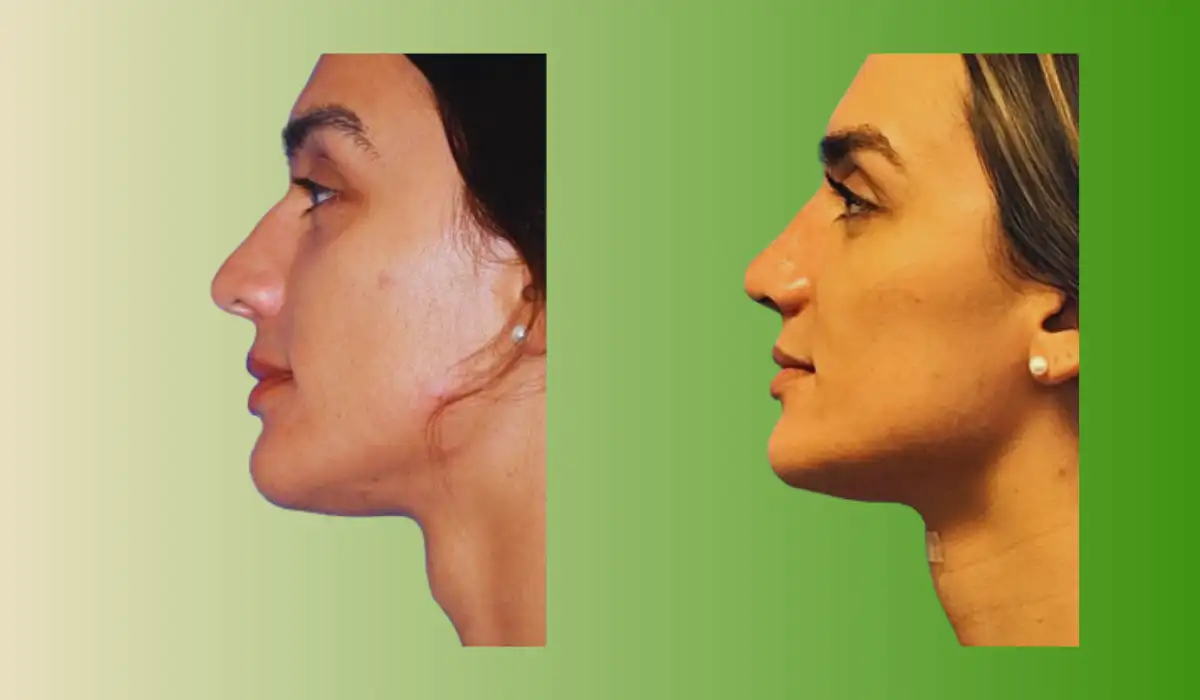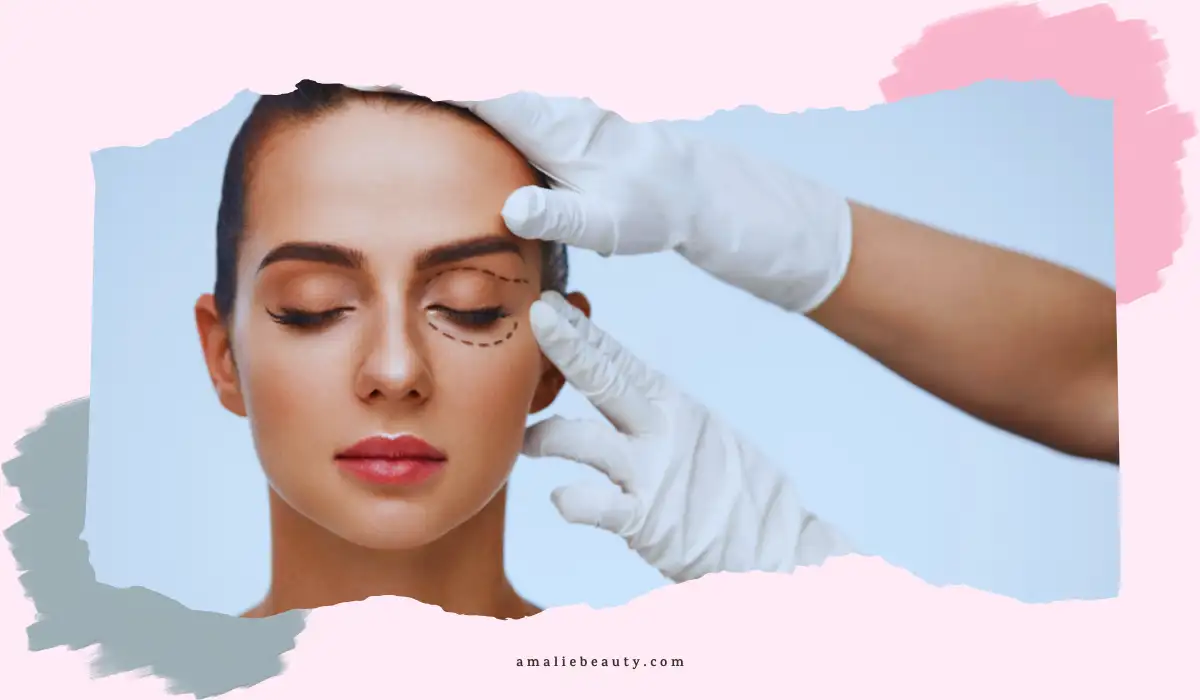Facial feminization surgery (FFS) refers to a set of cosmetic procedures that alter typically masculine facial features to appear more feminine. FFS can be an important step for transgender women in their transition process to help affirm their gender identity.
However, like any surgery, FFS does carry risks that need careful consideration. In discussing the topic “Is facial feminization safe?”, this article will provide an overview of what facial feminization surgery entails, who seeks it out, its benefits for patients, the risks and safety concerns, and considerations around pain levels of the procedures.
The critical question around FFS is how safe it is. With an understanding of the procedures involved, the patients who typically pursue them, the potential benefits, risk factors, and pain levels associated with facial gender confirmation surgery, individuals can make more informed choices about whether FFS aligns with their needs and comfort level regarding surgical risk.
Ultimately there is no universal yes or no answer regarding the safety of facial feminization procedures, but being as informed as possible allows patients to assess if it may be right for them.
What is FFS?

Before answering is facial feminization safe? Let’s understand what it is. Facial feminization surgery, or FFS, is a set of cosmetic procedures that alter typically masculine facial features to have a more feminine appearance.
FFS may involve procedures such as forehead contouring, jaw and chin reshaping, rhinoplasty, brow lifts, lip lifts, cheek augmentation, tracheal shaves, and other customized procedures to feminize the proportions and shape of the face.
The combination of procedures depends on the patient’s specific features and goals. FFS is one of the main forms of gender confirmation surgery pursued by transgender women.
Who Might Need Facial Gender Surgery?
Facial feminization procedures are most commonly sought out by transgender women wishing to alter masculinized aspects of their faces and affirm their female gender.
Many transgender women report dealing with gender dysphoria centered around masculine facial features like a protruding brow bone, strong jawline, and angular chin.
Undergoing customized FFS procedures that realign their outer appearance with their inner identity as women can substantially help alleviate this distress.
In some cases, non-binary people or transgender men may also pursue select feminization procedures as part of a gender transition.
People with intersex conditions involving atypical chromosomes or hormone balances impacting facial development may also consider certain procedures. Overall, the majority of those seeking FFS identify as transgender women hoping to address facial features causing dysphoria.
FFS Benefits
Facial feminization surgery offers several potential benefits:
- Reduce Gender Dysphoria and Improve Mental Health: For many patients, seeing facial features shift towards feminine alignment brings great psychological relief and lessens gender dysphoria’s distress. This elevated comfort with one’s reflection and day-to-day appearance can improve confidence and self-image.
- Pass as Female with Greater Ease: FFS procedures allow many transgender women to be correctly gendered as female more consistently in social settings, which affirms their identity and womanhood. Passing as female also unfortunately still carries safety implications.
- Improve Professional Opportunities: More feminine facial features may also open up improved professional opportunities for transgender women facing employment discrimination otherwise.
Overall, most patients report substantially higher quality of life and life satisfaction after obtaining their desired results from FFS procedures. For those with intense discomfort regarding masculine facial attributes, FFS can help their outer selves feel whole.
Is Facial Feminization Safe?
All surgeries carry risks, including anesthetic complications, bleeding, scarring, nerve damage, and infection. As a specialized set of procedures, FFS also has some unique risk factors:
- Bone Healing Complications: Forehead contouring, jaw sculpting, chin reshaping, and other bone work carry risks like slow bone healing, bone loss, and adverse bone or tissue reactions.
- Visibility of Scars: Incisions needed for procedures like brow lifts leave scars that may be visible. Skillful surgical techniques can minimize scarring.
- Nerve Damage: Facial feminization procedures involve intricate work on small nerves that impact sensation and movement. This poses risks of nerve damage, possibly causing vision, speech, or smile impairment. Patients may need physical therapy to recover full function.
- Blood Clots: Long sessions under general anesthetic during extensive combination procedures increase the risks of blood clots forming.
Overall complication rates depend greatly on the surgeon’s specialized FFS experience. Choosing a reputable surgeon with an extensive FFS case history helps minimize risks inherent to facial bone and tissue procedures. Ongoing medical oversight as healing occurs also remains important.
How Painful is Facial Feminization Surgery?
We have answered – Is facial feminization safe? But that doesn’t mean they are painless. The procedures involved in feminization surgery, especially procedures involving incisions into facial skin and bones, inevitably involve considerable pain during recovery. However, under professional medical care, this pain is manageable for most patients.
FFS patients report intense discomfort, bruising, and swelling for the first week following procedures, requiring prescription pain medication. Discomfort and tightness often persist for several weeks as the regeneration process continues. Most return to non-strenuous work after 2-3 weeks.
Full healing takes up to six months. Lingering numbness or tightness may persist longer from nerve damage or scarring. Physical therapy sometimes assists the complete healing process if nerve sensitivity or facial movement has been impacted.
Working closely with one’s surgeon and medical team allows the majority of FFS patients to effectively manage post-procedural pain during the healing journey until the desired facial changes are achieved.
Also Read: Facial Hair Removal Options To Consider: Top 8 Options
Conclusion
Undergoing facial gender confirmation procedures can be an important part of the transition process for those experiencing gender dysphoria related to masculine facial features.
The customized FFS may involve various combinations of bone sculpting, tissue adjustment, facial augmentation, and reshaping procedures that align outer facial attributes with one’s inner sense of gender.
When carried out by reputable surgeons with specialized expertise, the majority of procedures prove safe and effective, substantially improving transgender patients’ psychological well-being, self-image, and quality of life.
However, inevitable surgical risks apply that require careful consideration of personal risk tolerance and close post-operative medical support during recovery.
So is facial feminization safe? The answer lies along a spectrum, with enhanced safety in choosing skilled surgeons who can minimize risks inherent to intricate facial bone procedures. For those profoundly impacted by facial dysphoria, judiciously assessed benefits may warrant assuming carefully managed surgical risks.
Extensive education on all aspects of facial gender confirmation procedures allows individuals to determine if achieving feminine alignment of facial features aligns with their needs and personal level of acceptable risk.
If you are someone who has been battling with gender dysphoria, would you consider facial feminization? Having weighed benefits versus surgical risk factors, let me know what you’re final decision is.
Reference
- Bellingua RJ, et al. (2017). Technical andclinical considerations for facial feminization surgery with rhinoplasty andrelated procedures. DOI:
https://jamanetwork.com/journals/jamafacialplasticsurgery/article-abstract/2593586?redirect=true

